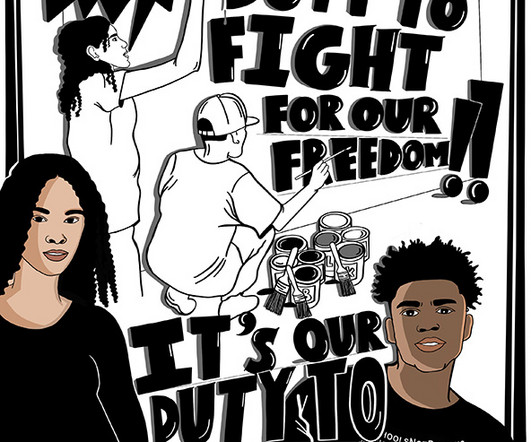Building Youth Power
Stanford Social Innovation Review
JULY 31, 2023
This experience motivated Kahlila to become a youth organizer, helping to establish new Students Deserve chapters across Los Angeles County and to join a campaign to defund the Los Angeles School Police Department (LASPD). As a sophomore, Kahlila collapsed from dehydration at a school event. Use of intersectional frameworks.













Let's personalize your content